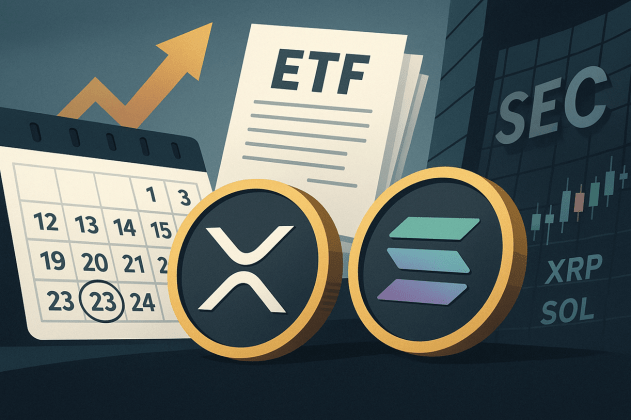A big-shot banker from Standard Chartered, Geoffrey Kendrick, is making waves in the finance world with a bold prediction: Bitcoin could reach a whopping $200,000 by the end of 2025.
He’s not just throwing darts at a board, though. Kendrick points to several factors that he believes will drive Bitcoin’s price skyward, regardless of what happens with the US election or the economy.
Why Kendrick is Bullish on Bitcoin
Institutional Investors are Jumping In: Kendrick sees a major shift happening with institutional investors, like big companies and funds, starting to see Bitcoin as a real investment. Millions of dollars are already pouring into Bitcoin ETFs, which are like funds that invest specifically in Bitcoin. Since these ETFs launched, over $14 billion has flowed into them, bringing more money and credibility to the crypto market.
The Fed’s Interest Rate Cuts Could Fuel the Fire: Kendrick also believes that the Federal Reserve cutting interest rates in 2024 could create a perfect storm for Bitcoin. Lower interest rates usually mean people borrow and spend more, which could drive up demand for assets like Bitcoin that are seen as a safe haven.
The Bitcoin Halving is a Game Changer: In April 2024, Bitcoin went through a “halving,” which means the amount of new Bitcoin created by miners was cut in half. This means there will be fewer new coins entering the market, which could make existing Bitcoin more valuable. Historically, these halvings have led to big price jumps, like in 2020 when Bitcoin went from around $8,600 to over $60,000 in a year.
The Overall Vibe is Positive: The general feeling about Bitcoin is still pretty good. Many investors see it as a way to protect themselves from inflation and economic uncertainty. Kendrick’s prediction reflects this optimistic outlook, suggesting that Bitcoin could become even more mainstream as an investment.
While $200,000 might seem like a wild number, Kendrick’s prediction is based on some pretty solid factors. Whether he’s right or not, it’s clear that Bitcoin is attracting a lot of attention from both individual investors and big institutions.







